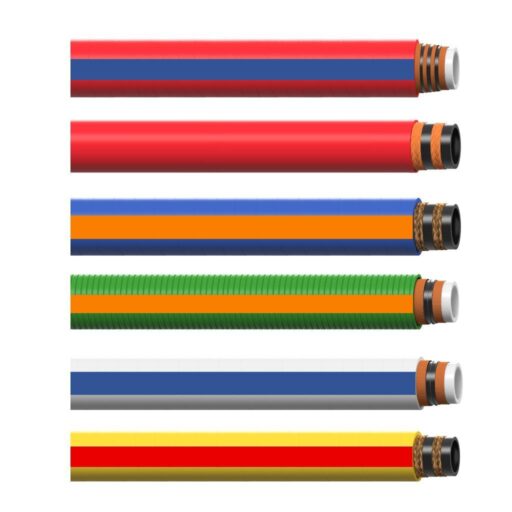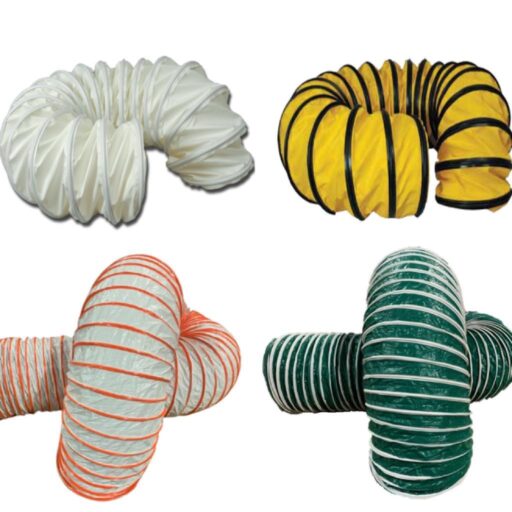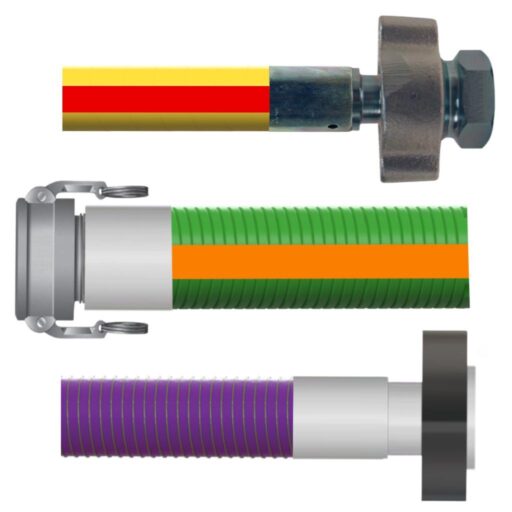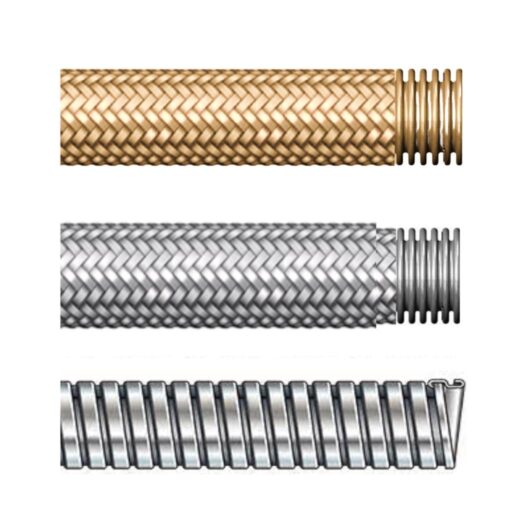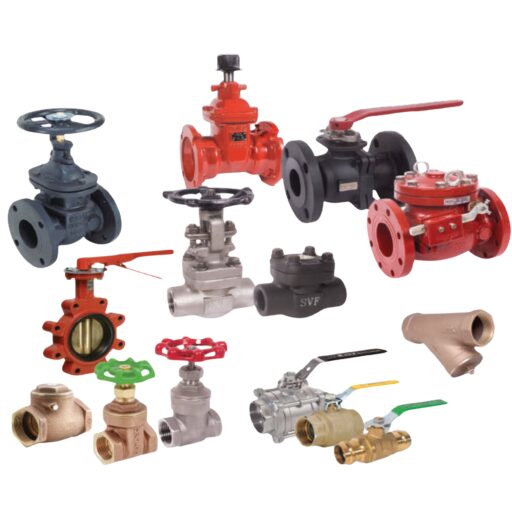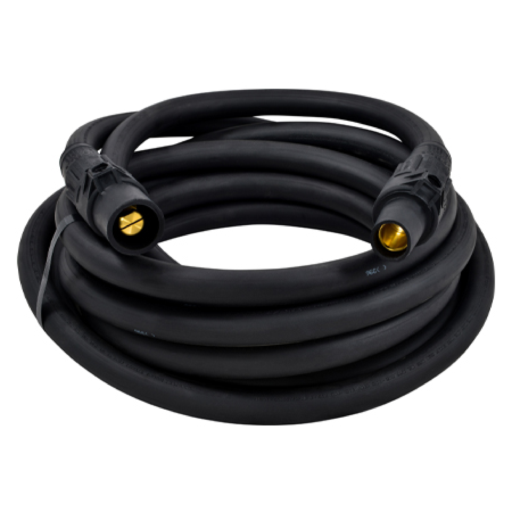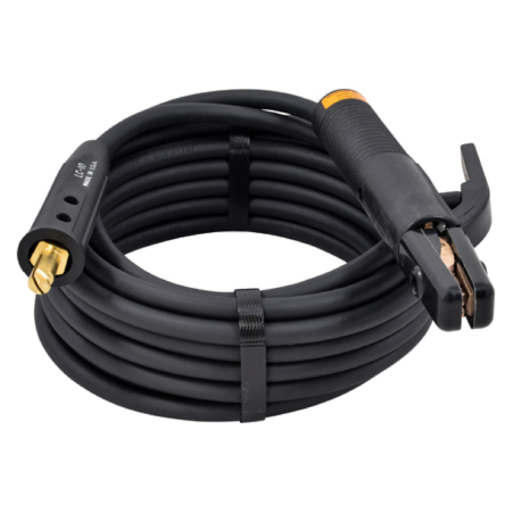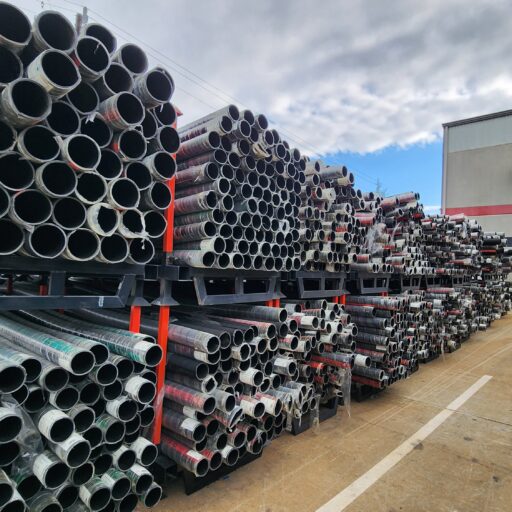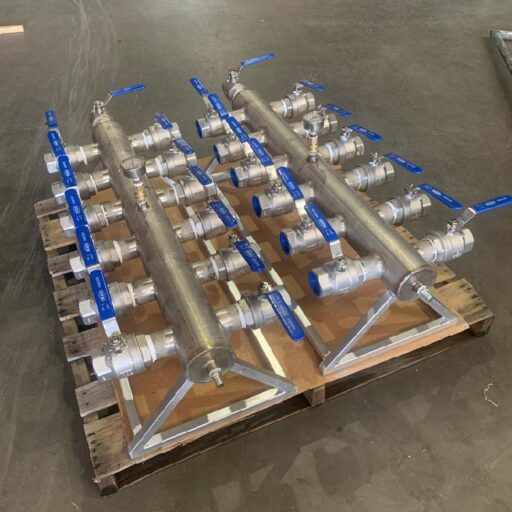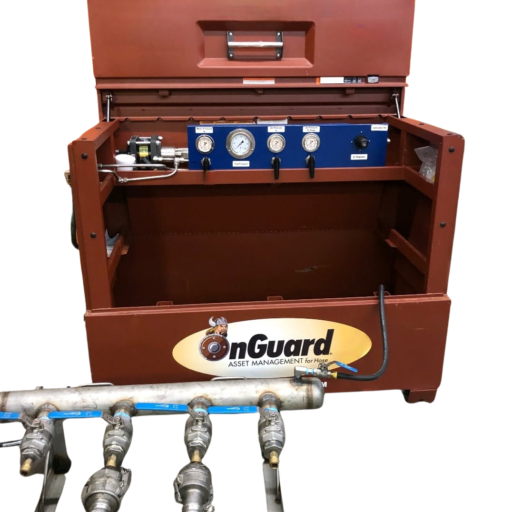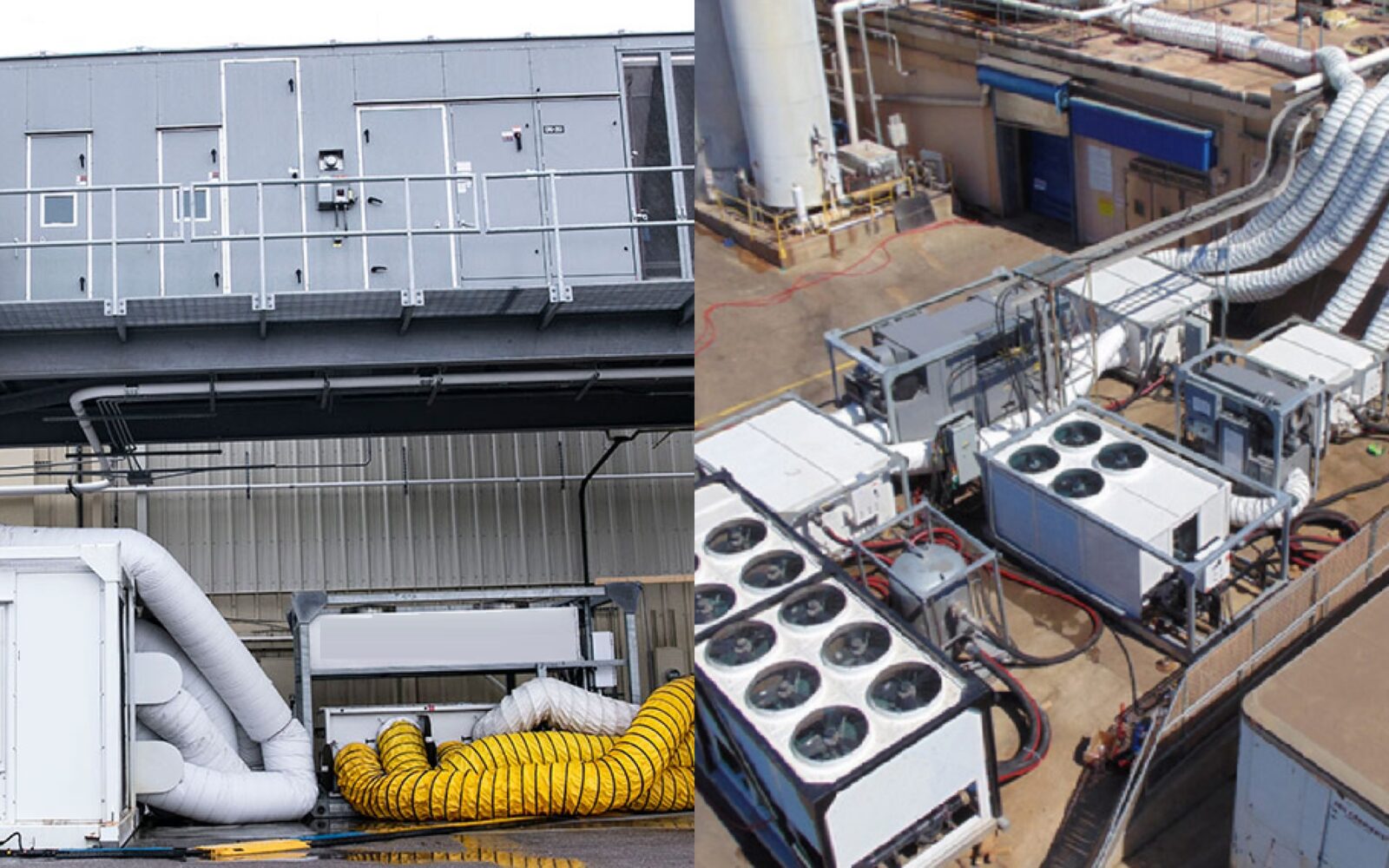Large bore industrial ducting plays a crucial role in ventilation, fume extraction, and material transfer across various industries, including construction, mining, and manufacturing. When choosing the right ducting, one of the key considerations is the construction method—sewn ducting vs. heat-sealed ducting. Below, we explore why sewn ducting is the superior choice for demanding applications.
What Is the Difference Between Sewn and Heat-Sealed Ducting?
Sewn Ducting: Constructed by stitching multiple layers of fabric together with reinforced thread, creating a flexible and highly durable structure.
Heat-Sealed Ducting: Uses high temperatures to bond layers of material together, forming a continuous seam without stitching.
Advantages of Sewn Ducting Over Heat-Sealed Ducting
- Superior Durability and Strength
Sewn ducting uses heavy-duty thread that resists tearing and punctures better than heat-sealed seams.
Reinforced stitching enhances flexibility, allowing the ducting to withstand movement, vibration, and impact.
Ideal for environments where the ducting is frequently moved, collapsed, or transported. - Better Performance in Extreme Temperatures
Sewn ducting maintains its integrity in both high-heat and sub-zero environments.
Heat-sealed ducting is prone to seam failure under extreme temperature fluctuations, making it less reliable for industrial use. - Greater Flexibility and Customization
Sewn construction allows for the integration of wire reinforcements, wear strips, and custom fittings to meet specific industrial needs.
Heat-sealed ducting often lacks flexibility, making it more difficult to maneuver in tight spaces or complex installations. - Moisture and Chemical Resistance
Sewn ducting can incorporate coated fabrics that resist moisture, oils, and chemicals without compromising seam strength.
Heat-sealed seams can degrade over time when exposed to certain industrial chemicals or constant moisture.
Top 3 FAQs About Large Bore Sewn Ducting
Is sewn ducting more expensive than heat-sealed ducting?
While sewn ducting may have a slightly higher initial cost, its longer lifespan and reduced replacement frequency make it more cost-effective in the long run.
Does sewn ducting work well for high-pressure applications?
Yes, sewn ducting with reinforced seams and additional support layers can handle higher pressures better than heat-sealed ducting, which can weaken under pressure variations.
Can sewn ducting be repaired more easily than heat-sealed ducting?
Absolutely! Sewn ducting can be patched and re-stitched, while heat-sealed ducting often requires full replacement when a seam fails.
When selecting large bore industrial ducting, sewn ducting offers superior durability, flexibility, and resistance to extreme conditions compared to heat-sealed alternatives. For industries that demand long-lasting, high-performance ducting solutions, sewn construction is the optimal choice. Explore our range of industrial sewn ducting options to find the best solution for your application!

